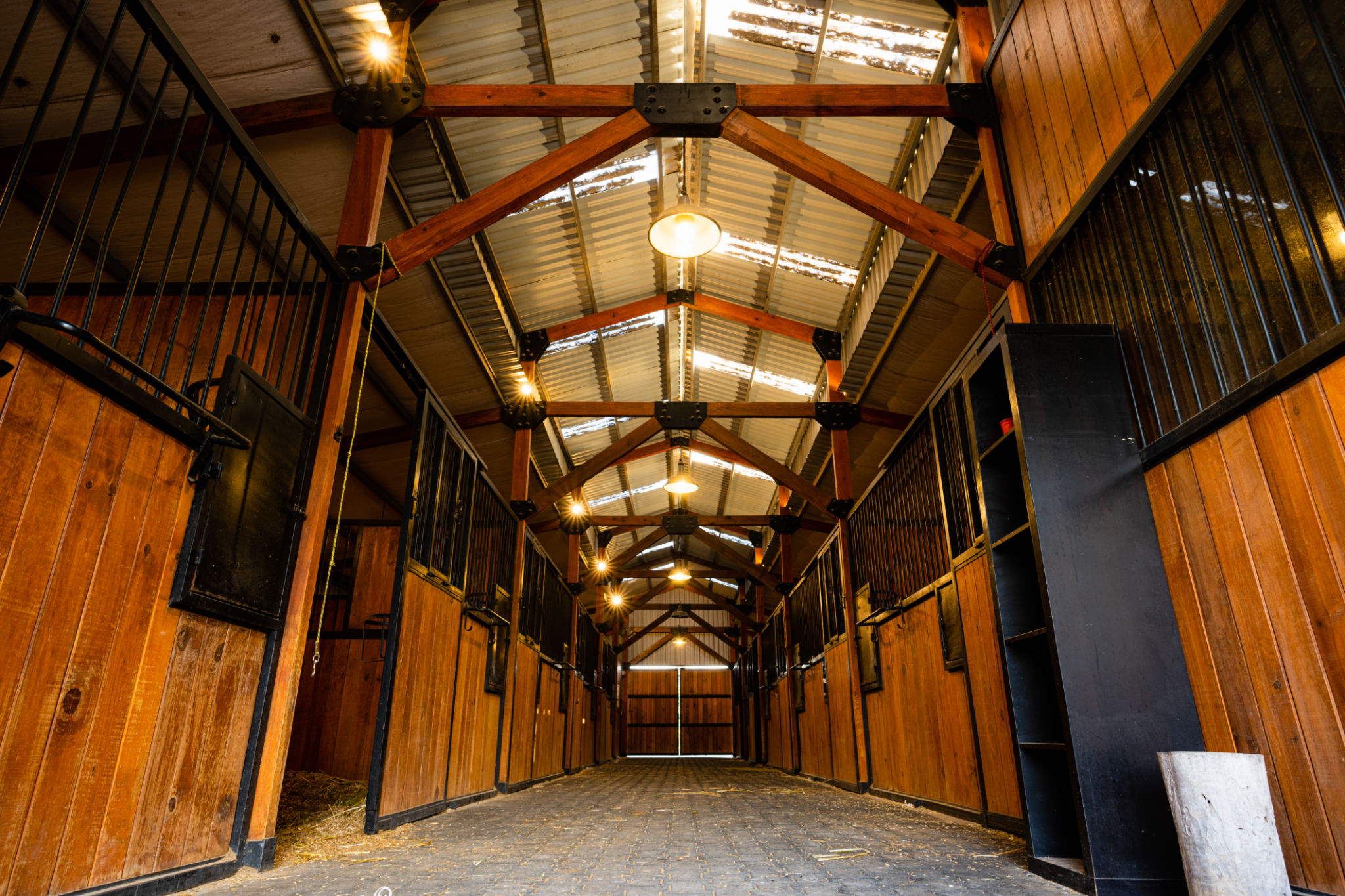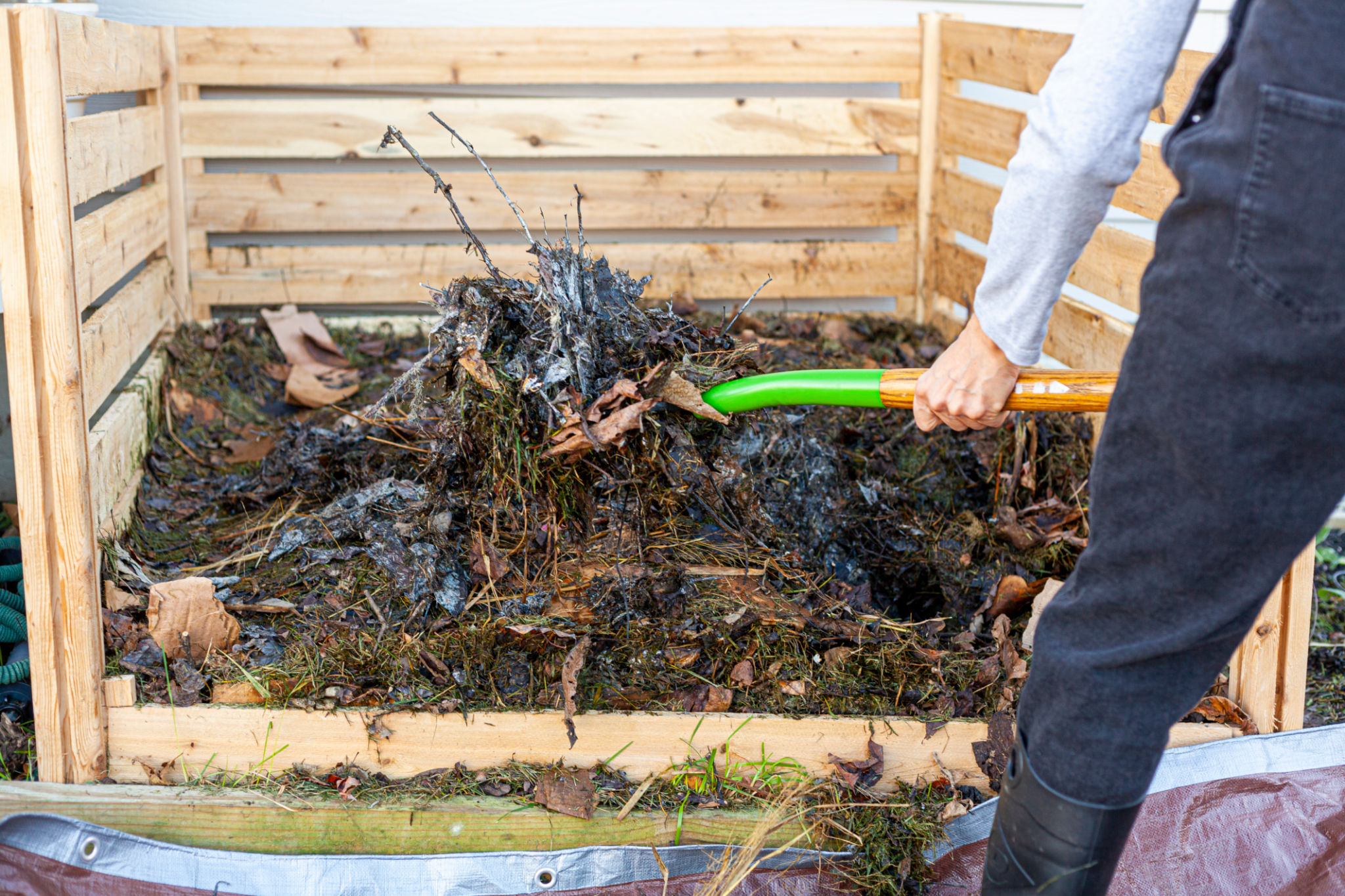Common Misconceptions About Equine Waste Management Debunked
Understanding Equine Waste Management
Equine waste management is an essential aspect of horse care that often gets overlooked. Many assume it's simply a matter of picking up manure and disposing of it, but there's much more involved. Effective waste management not only ensures a clean environment for your horses but also contributes to environmental sustainability.

Misconception #1: Equine Waste is Just Manure
One of the most common misconceptions is that equine waste consists solely of manure. In reality, it includes a combination of manure, urine, bedding material, and uneaten feed. Each component requires different handling methods to ensure proper disposal and environmental protection.
Understanding the composition of equine waste helps in developing a comprehensive waste management plan. It's important to consider the volume produced by each horse, which can be significant over time.
Misconception #2: It's Okay to Pile and Forget
Another misconception is that it's sufficient to create a pile of waste and leave it to decompose naturally over time. While decomposition is a natural process, simply leaving waste piled up can lead to several issues, including odor problems, fly infestations, and potential contamination of water sources.

Proper composting techniques are essential to manage equine waste effectively. This involves regular turning of the pile to aerate it and facilitate efficient breakdown of organic material. Composting not only reduces the volume of waste but also transforms it into a nutrient-rich soil amendment.
Misconception #3: Equine Waste Doesn't Impact the Environment
It's a common belief that equine waste has little to no impact on the environment. However, improper disposal can lead to serious environmental consequences. Runoff from manure piles can contaminate water sources with nutrients and pathogens, causing water quality issues.
Implementing systems such as storage structures and buffer zones can significantly reduce the environmental footprint of equine facilities. It's crucial for horse owners to be aware of local regulations regarding waste disposal to ensure compliance and environmental protection.

Misconception #4: It's Not Worth the Investment
Some horse owners believe that investing in proper waste management systems is unnecessary or too costly. However, the benefits often outweigh the initial investment. Efficient waste management enhances the health and well-being of horses, reduces pest problems, and can even offer financial returns through the sale of compost.
Long-term benefits include improved pasture health and reduced reliance on chemical fertilizers. By investing in sustainable practices, horse owners contribute positively to their environment and community.
Conclusion: Educating for Better Practices
Debunking these misconceptions highlights the importance of informed equine waste management practices. By understanding the full scope of what equine waste entails and its potential impacts, horse owners can make educated decisions that benefit their horses and the environment.
Education and awareness are key to improving waste management practices in the equine industry. By dispelling myths and promoting best practices, we can ensure healthier environments for both horses and humans alike.
